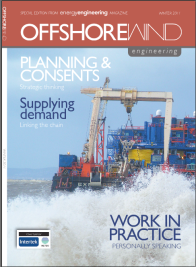Low carbon writing
Three recent articles from three of Media Culture’s titles in the clean energy space.
Firstly, a feature (from Low Carbon Vehicle Engineering) on the launch of the Formula E Racing Championship (which recently got underway in spectacular fashion in Beijing) following a visit to Donnington to see the full-electric single-seater race cars in testing:
September 13 2014 will be a historic day in motor sport as 20 drivers representing 10 teams race around a street circuit in Beijing. The key innovation? The cars will be full electric relying on a battery rather than an internal combustion engine to power them toward the chequered flag.
Formula E is a new FIA (Federation Internationale de l’Automobile, the motor sport governing body) single-seater championship and the world’s first fully electric racing series. The inaugural season will comprise 10 rounds of racing on street circuits in cities the world over including Buenos Aires (January 10 2015), Berlin (30 May 2015), and the iconic Monte Carlo (May 9 2015). The championship will conclude with a race around the streets of London in June 2015.
From Energy Engineering, an interview with CEO of Aquamarine Power Martin McAdam concerning the progress of his company’s Oyster wave energy technology:
Aquamarine Power has been one of the most visible companies in the UK’s nascent wave energy sector. The company’s Oyster 800 device was installed at the European Marine Energy Centre (EMEC) in Orkney in 2011 and testing has continued since.
Finally from Offshore Wind Engineering, a look at A2SEA’s new vessels for the offshore wind market:
May 2014 saw A2SEA’s new second generation installation vessel SEA CHALLENGER arrive in the Port of Esbjerg, Denmark having been delivered from her site of manufacture in China. The 132m vessel incorporates a 94m boom crane capable of lifting up to 900 tonnes and is industry leading across its specification. SEA CHALLENGER joins her sister vessel SEA INSTALLER to serve the offshore wind market in Northern Europe. Indeed, within days of her delivery SEA CHALLENGER was mobilised for her first project, Westermost Rough (a Round Two zone off England’s North East coast), where she will start the installation of 35 Siemens 6MW turbines – the first example in the world of such turbines being installed on a large scale.








